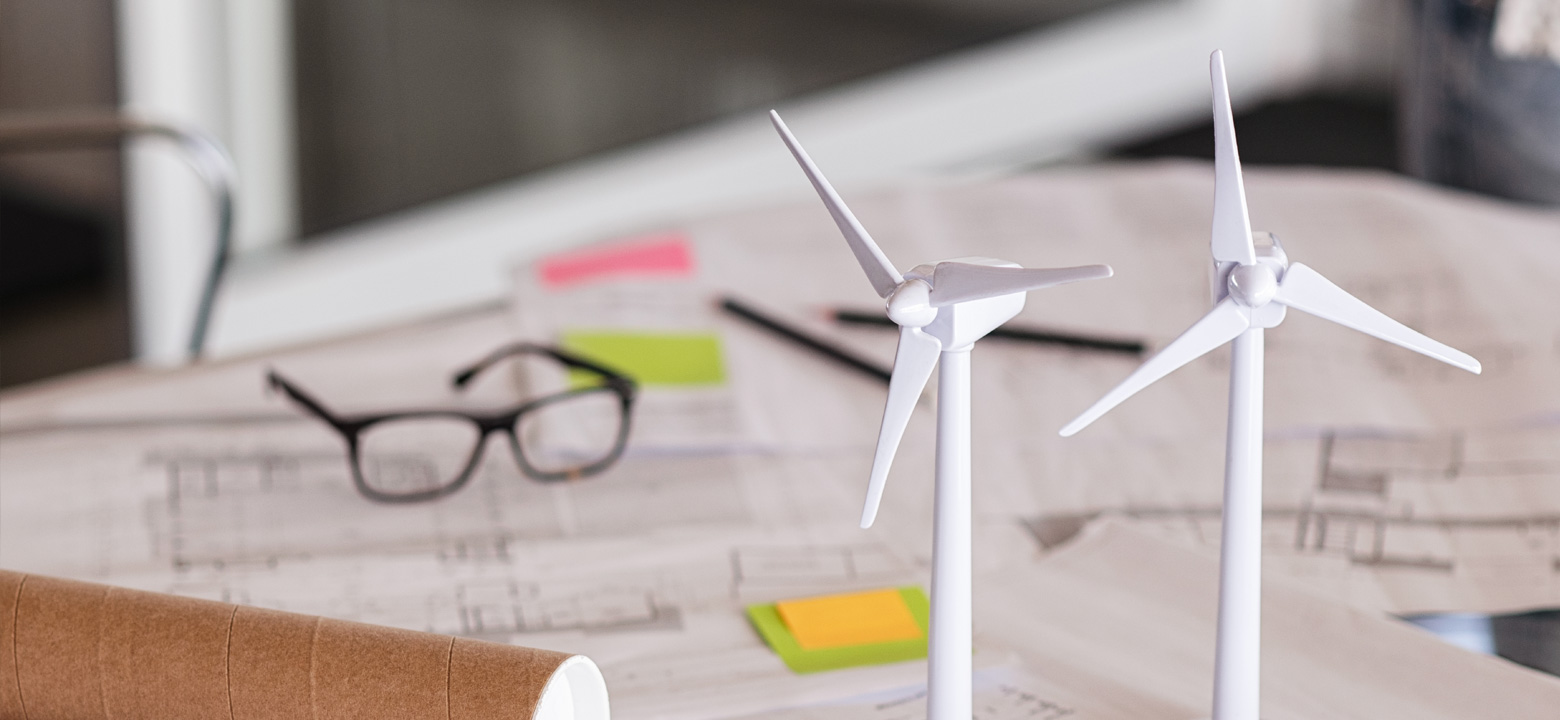
COVID-19 has exposed some weaknesses in conventional energy systems—everything from changes in demand due to work-from-home measures, to the need for easily-deployable energy sources for pop-up hospitals. The novel coronavirus might have slowed down investment in a variety of markets—including renewable power—but experts predict that there will soon be a big increase in interest in renewables.
So far, renewable energy sources like wind and solar have proven to be the most resistant to lockdown measures. While there have been some supply chain disruptions regarding the minerals needed to produce photovoltaic cells and other critical components, these have been less severe than the market volatility surrounding fossil fuels.
Lockdown measures have resulted in decreased emissions overall, as more people work from home and avoid commuting or running unnecessary errands. Environmental experts are eager to keep up this trend by switching to more alternative energy sources, but much of the virtue of renewables in a post-COVID world lie in their stability, rather than their low emissions. A drop in demand for oil, coupled with an increase in supply from Saudia Arabia, has led to dramatic swings in the market.
While ecologists have been pushing for increased investment in renewable energy all along, oil companies have been suffering. Over the past two years, even before COVID-19, the S&P Global Clean Energy Index has gained nearly 45%. By contrast, the S&P Global Oil Index has performed at a -29%. COVID-19 has highlighted this trend, exacerbating the divide between clean energy and oil.
Renewable power has more than just market value. Solar “mini-grids” can be a valuable source of energy for areas underserved by the conventional power grid—whether those are towns with aging grids struggling to keep up with shifts in demand created by lockdown measures, pop-up hospitals, or refugee camps. In Kenya, the government is pushing to provide its citizens with affordable and reliable power, and these mini-grids are a major part of their strategy. U.S.-based company Renewvia Energy is currently running two solar mini-grids, providing power to 600 refugee households, churches, schools, businesses, and health facilities. International banks have also been reconfiguring their portfolios to help provide power to struggling nations, keeping the lights on in hospitals and quarantined areas alike.
While a lot of the emphasis here is on solar power, wind has been receiving a lot of attention, too. Wind farms are generally at a disadvantage compared to solar—while solar mini-grids are easily deployable, and prices for photovoltaic cells and other components have dropped in recent years, wind turbines are large and located in a central area. Despite this, several trends are triggering an increased interest in wind power.
For one, wind is cheap. Over the past twelve years, the price of wind energy has dropped roughly 70%. While wind turbines are generally large and not always conveniently located, virtual power purchase agreements that allow corporations to profit from the energy sold on the open market created the ability to buy wind energy no matter how far they might be from a wind farm. This increases the demand for large-scale wind projects. Even amidst lockdown measures and stay-at-home restrictions, corporations are likely to drive the lion's share of growth in the renewables market.
The International Energy Agency recently unveiled a post-COVID economic recovery plan capable of boosting the global economy by 1.1% each year for the next three years, and creating or saving 9 million jobs, as well as lowering yearly energy-related emissions by 4.5 billion tons in 2023. It provides international governments with a thorough analysis and steps they can take to combat economic, climate, and energy challenges all at once—and investing in renewable energy is a big part of the strategy. In order to achieve these numbers, the plan would require a global investment of roughly $1 trillion USD annually for the next three years, or about 0.7% of the global GDP. Dr. Fatih Birol, IEA Executive Director, describes the situation as a “once-in-a-lifetime opportunity [for countries] to reboot their economies and bring a wave of new employment opportunities while accelerating the shift to a more resilient and cleaner energy future.”
The novel coronavirus pandemic triggered changes in virtually every facet of existence, from forcing people and businesses to alter the way they do things on a daily basis, to exposing weaknesses in everything from agricultural systems, to healthcare, to the energy grid. Despite a drop in investments due to COVID-19, the renewables market is set to bounce back with a vengeance. In the not-too-distant future, more and more municipal and corporate entities will depend on solar and wind power to meet all of their energy needs.